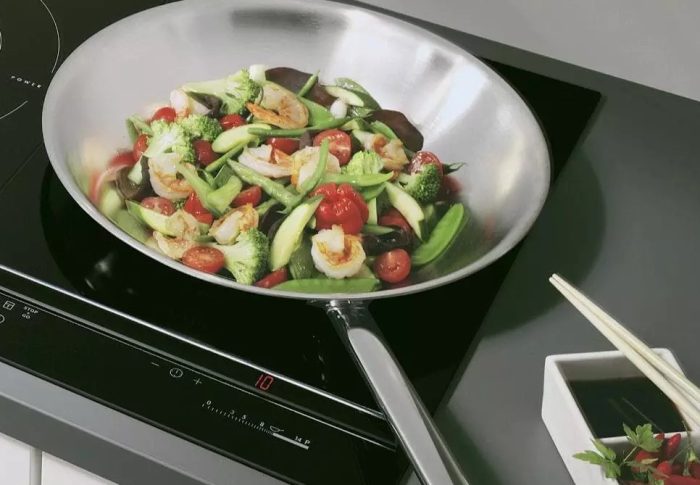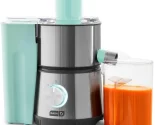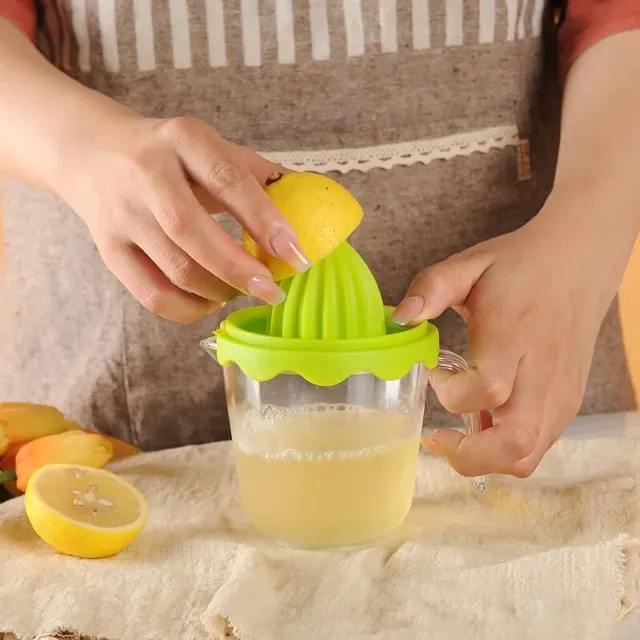
How to Juice a Lemon Without a Juicer?
Introduction:
A lemon’s zesty juice can add a refreshing flavor to many recipes, but what if you don’t have a juicer? Fortunately, there are several effective methods to extract lemon juice without the need for specialized equipment. This guide explores various techniques to juice a lemon using common household tools, tips for maximizing juice yield, and ways to store the juice for future use.
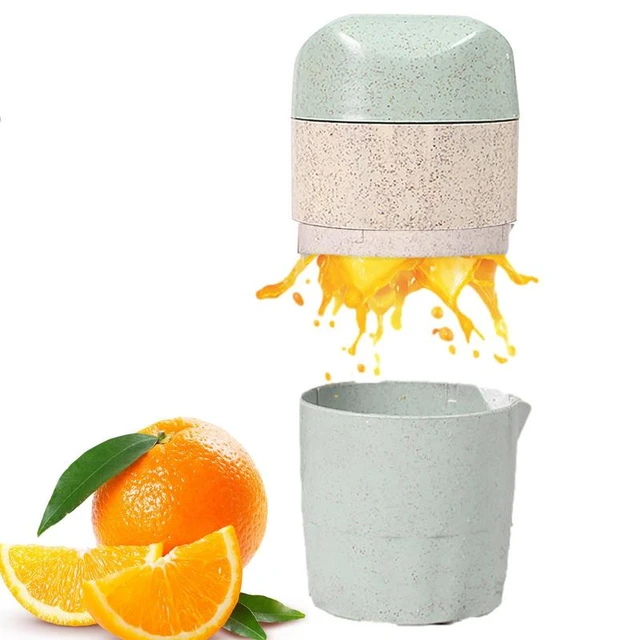
How to Juice a Lemon Without a Juicer:
What Are the Best Techniques?
Preparation Steps:
How Do You Prepare a Lemon for Juicing?
Before extracting juice, proper preparation can help maximize the yield.
Selecting Your Lemons:
Freshness and Quality:
Ripe Lemons: Choose ripe, yellow lemons that feel heavy for their size. Make sure they don’t have any green spots or feel too hard, as these signs indicate that they might not be as juicy.
Room Temperature:
Optimal Temperature:
Warm Lemons: If your lemons are stored in the refrigerator, bring them to room temperature before juicing. Room temperature lemons tend to yield more juice compared to cold ones.
Warming Technique:
Quick Heating:
Microwave or Hot Water: To quickly warm your lemon, microwave it for 15-20 seconds or soak it in hot water for a few minutes. This helps to break down the cell walls in the lemon, releasing more juice when squeezed.
Rolling the Lemon:
Softening the Fruit:
Roll with Pressure: Place the lemon on a countertop and roll it back and forth with the palm of your hand, applying gentle pressure. This process loosens the juice inside, making it easier to extract.
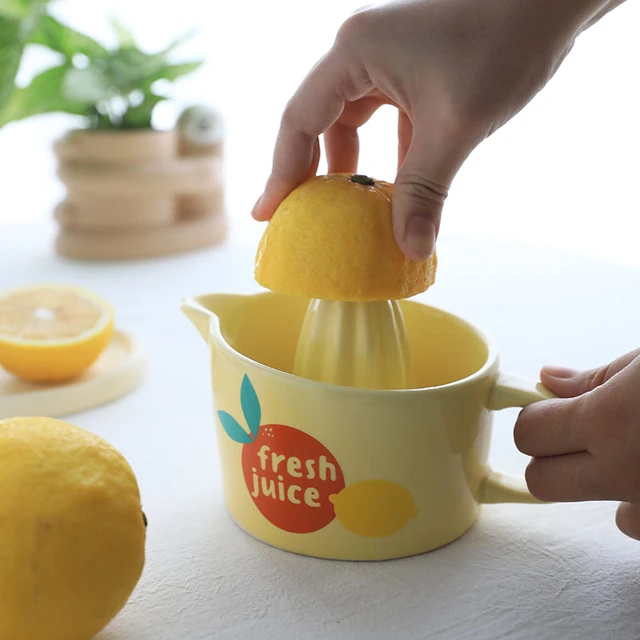
Halving the Lemon:
Cut for Juicing:
Crosswise Cut: Cut the lemon in half crosswise (across the middle), which exposes more of the pulp and makes it easier to squeeze out the juice.
Using Your Hands:
How Can You Effectively Squeeze Lemons with Your Hands?
Hand squeezing is a straightforward and effective method for juicing a lemon.
Direct Squeezing:
Simple Technique:
Palm Squeeze: Hold one lemon half in your hand with the cut side facing up. Squeeze it firmly over a bowl, using your fingers to press out as much juice as possible. Rotate the lemon as you squeeze to extract every last drop.
Using Fingers:
Enhanced Pressing:
Finger Pulping: Insert a clean finger or a fork into the pulp of the lemon half and twist while squeezing. This helps break up the pulp, releasing additional juice.
Capturing Seeds:
Seed Control:
Strain While Squeezing: To avoid seeds falling into your juice, position a fine-mesh strainer over your bowl while squeezing. This will catch any seeds and large pulp pieces.
Using a Fork or Spoon:
What Are Simple Tools for Juicing Lemons?
Common kitchen implements can enhance the juicing process.
Fork Method:
Enhanced Extraction:
Twist and Press: Insert a fork into the cut side of the lemon half. Twist the fork while squeezing the lemon with your other hand. The tines of the fork help break up the pulp, releasing more juice.
Spoon Technique:
Alternative Tool:
Press and Rotate: Use a spoon similarly to the fork. Insert it into the pulp, then press and twist as you squeeze with your other hand. This method is particularly useful for larger lemons.
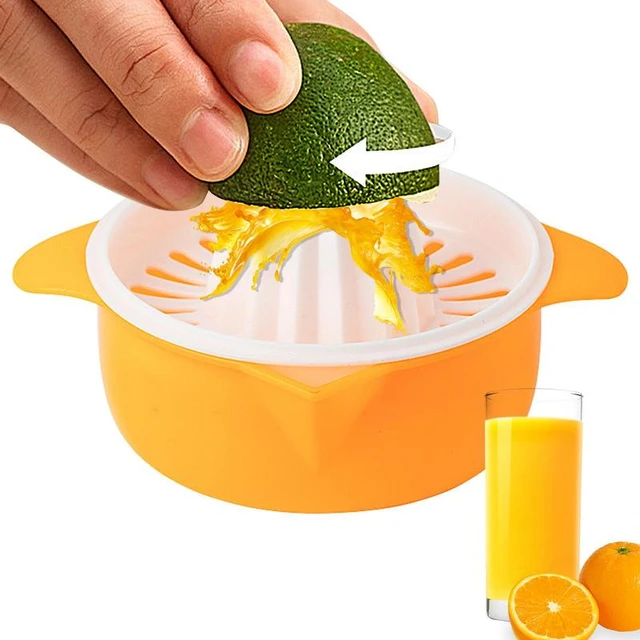
Rolling Pin or Bottle Technique:
How Can Household Items Assist in Juicing Lemons?
Unconventional tools can be surprisingly effective in juicing lemons.
Rolling Pin Method:
Creative Approach:
Crush and Press: After rolling the lemon to soften it, place it on a countertop. Use a rolling pin to press down and roll over the lemon halves, extracting the juice. Capture the juice in a bowl placed underneath the cutting board edge.
Bottleneck Press:
Inverted Squeeze:
Bottle Mouth: Place a small, empty bottle (like a glass soda bottle) inverted over the cut side of the lemon half. Press and twist the lemon against the bottleneck. This technique helps direct the juice flow into a container placed below.
Using a Zester or Grater:
Can You Incorporate Lemon Zest for More Flavor?
Adding zest can enhance the flavor and nutritional profile of your lemon juice.
Zesting Preparation:
Optimal Technique:
Zest Before Juicing: Before juicing, use a zester or fine grater to remove the outer yellow skin of the lemon. Grate carefully to avoid the bitter white pith.
Combining Zest:
Flavor Enhancement:
Mixing Zest and Juice: Add the lemon zest to your juice for added flavor and nutrients. It’s especially beneficial in recipes where you want a robust lemon flavor, such as dressings and marinades.

Preserving Lemon Juice:
What Are the Best Methods for Storing Fresh Lemon Juice?
Proper storage techniques ensure your lemon juice remains fresh and flavorful.
Short-Term Storage:
Immediate Use:
Refrigeration: Pour freshly squeezed lemon juice into a clean, airtight container. Store it in the refrigerator and use it within 3-4 days for the best quality.
Long-Term Storage:
Extended Shelf Life:
Freezing Juice: For longer storage, freeze lemon juice in ice cube trays. Once frozen, transfer the cubes to a freezer-safe bag. These can be conveniently used for recipes or drinks by simply thawing the necessary amount.
Citrus Twist-on:
Retention and Portioning:
Lemon Cubes: Using ice cube trays allows for easy portion control and ensures that you always have fresh lemon juice on hand without waste.
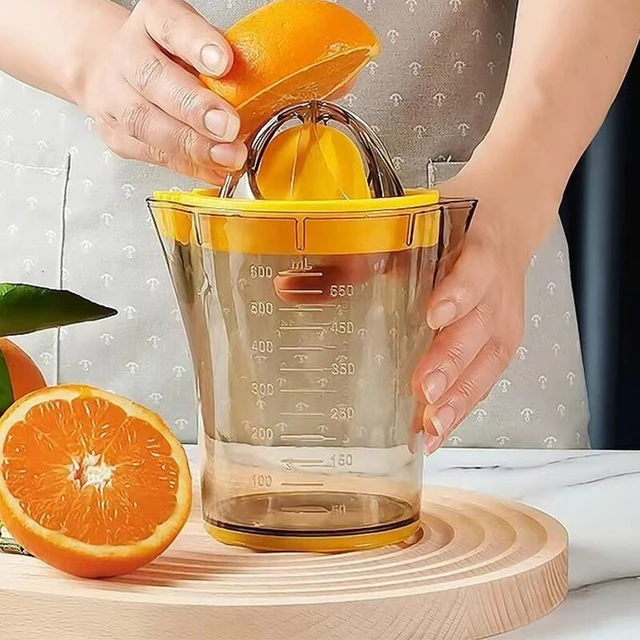
Utilizing Lemon Pulp:
How Can You Make the Most of Leftover Lemon Pulp?
Repurposing lemon pulp can minimize waste and add zest to various applications.
Pulp Utilization:
Creative Uses:
Culinary Adds: Incorporate leftover lemon pulp into cooking or baking recipes. It can add moisture to cakes, muffins, or marinades, enhancing both flavor and texture.
Kitchen Cleaner:
Natural Cleaning:
Cleansing Scrub: Mix lemon pulp with baking soda to create a natural kitchen scrub. The acidity of the lemon combined with the abrasive quality of baking soda effectively cleans surfaces and leaves a fresh scent.
Composting:
Eco-Friendly Disposal:
Compost Addition: Add lemon pulp to your compost pile. Citrus peels and pulp can enrich compost with nitrogen and beneficial acidity, promoting healthier plant growth.
Conclusion
Juicing a lemon without a juicer is easy and achievable with common kitchen tools and a few simple techniques. By understanding the preparation steps, utilizing effective hand-squeezing methods, and employing everyday utensils like forks and spoons, you can efficiently extract lemon juice. Additionally, clever hacks using rolling pins or bottles can further aid in the process. Proper storage extends the lifespan of your lemon juice, while repurposing leftover lemon pulp minimizes waste and adds value in other applications. With these methods, you can effortlessly incorporate fresh lemon juice into your daily cooking and health routines.


